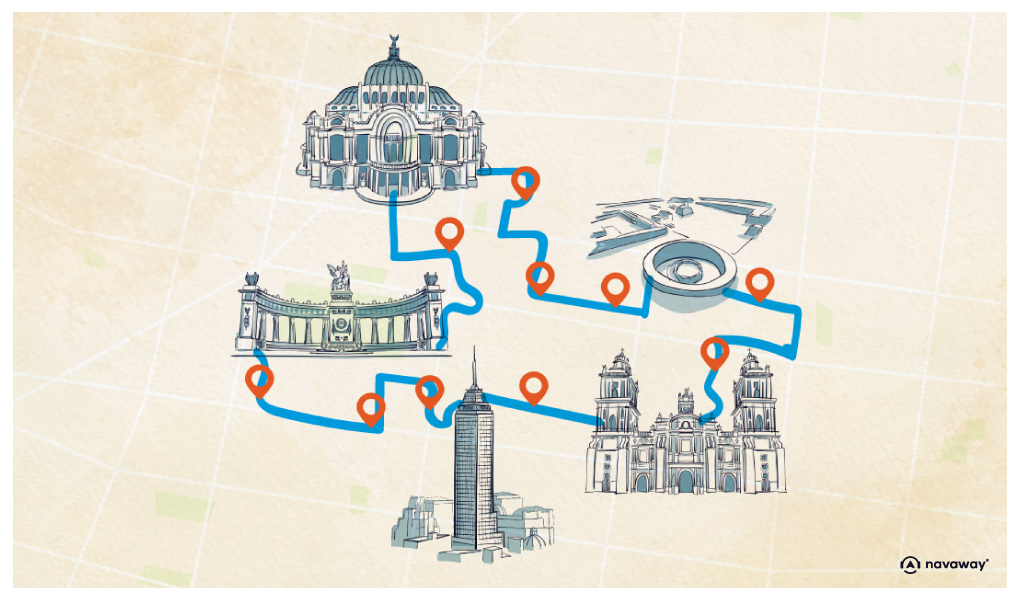
College of San Ildefonso
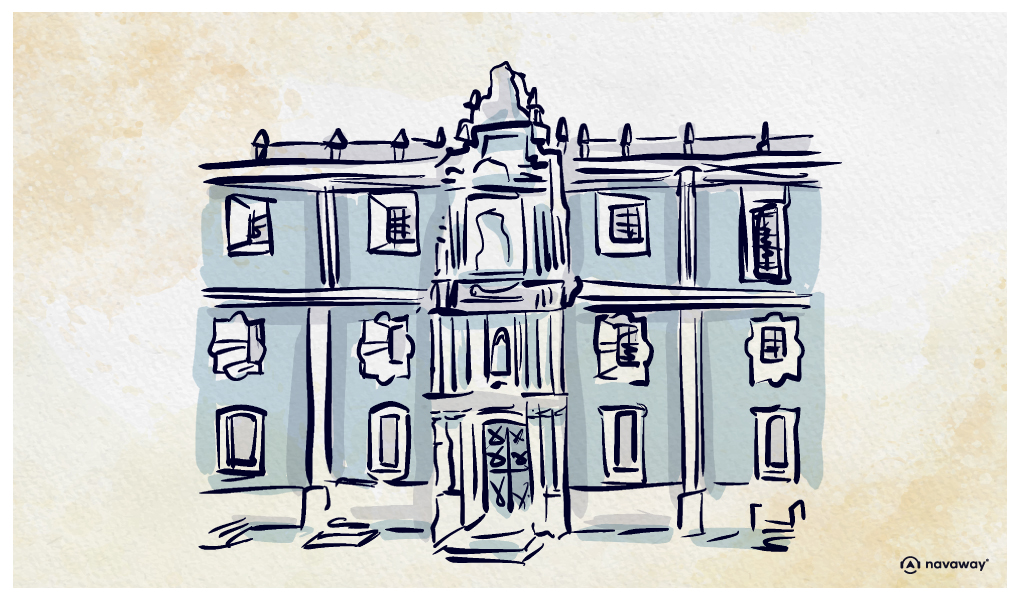
This point of interest is available as audio on the tour: Visit Mexico, Retracing the steps of the Aztecs
This imposing building is one of the finest examples of colonial architecture in Mexico City. It was built in 1588, nearly 70 years after the arrival of the Spanish settlers and the fall of the Aztec civilization. In the decades following the conquest, the Spanish embarked on a great evangelization effort to convert the indigenous population to Christianity, establishing religious colleges throughout the city, including this one. Originally constructed in 1588, the College of San Ildefonso quickly became one of the most important institutions in Mexico City in the 17th century, renowned for its excellent education both as a boarding school and later as a National Preparatory School. Overwhelmed by its own success, the college was expanded between 1712 and 1749 to accommodate the growing number of students, becoming one of the largest cultural hubs in the capital. It was during that period that it took on the impressive Baroque style you see before you today. When the Jesuits were expelled in 1767, the building served for multiple purposes—a barrack, a school, the seat of the School of Jurisprudence, and later the National Preparatory School. It gained even more importance in the 20th century when some of the first paintings of Mexican Muralism were portrayed on these walls. An artistic movement born after the 1921 Mexican Revolution, it helped forge a new national identity by educating the entire population—without exception—through mural frescoes portrayed on public buildings. Major artists such as Diego Rivera, José Clemente Orozco, David Alfaro Siqueiros, and Rufino Tamayo painted powerful scenes on the walls, recounting the country’s history, denouncing discrimination against indigenous peoples, and illustrating the stages of Spanish conquest so that even the illiterate could access this knowledge. Today, the former College of San Ildefonso serves as a museum, housing some of the finest murals from this important movement, painted between 1922 and 1940, along with temporary exhibitions on Mexican history, archaeology, and art.


Discover Mexico with app
An interactive guide through the most beautiful streets, squares, and districts
24 fun audioguides full of historical facts, anecdotes, and legends
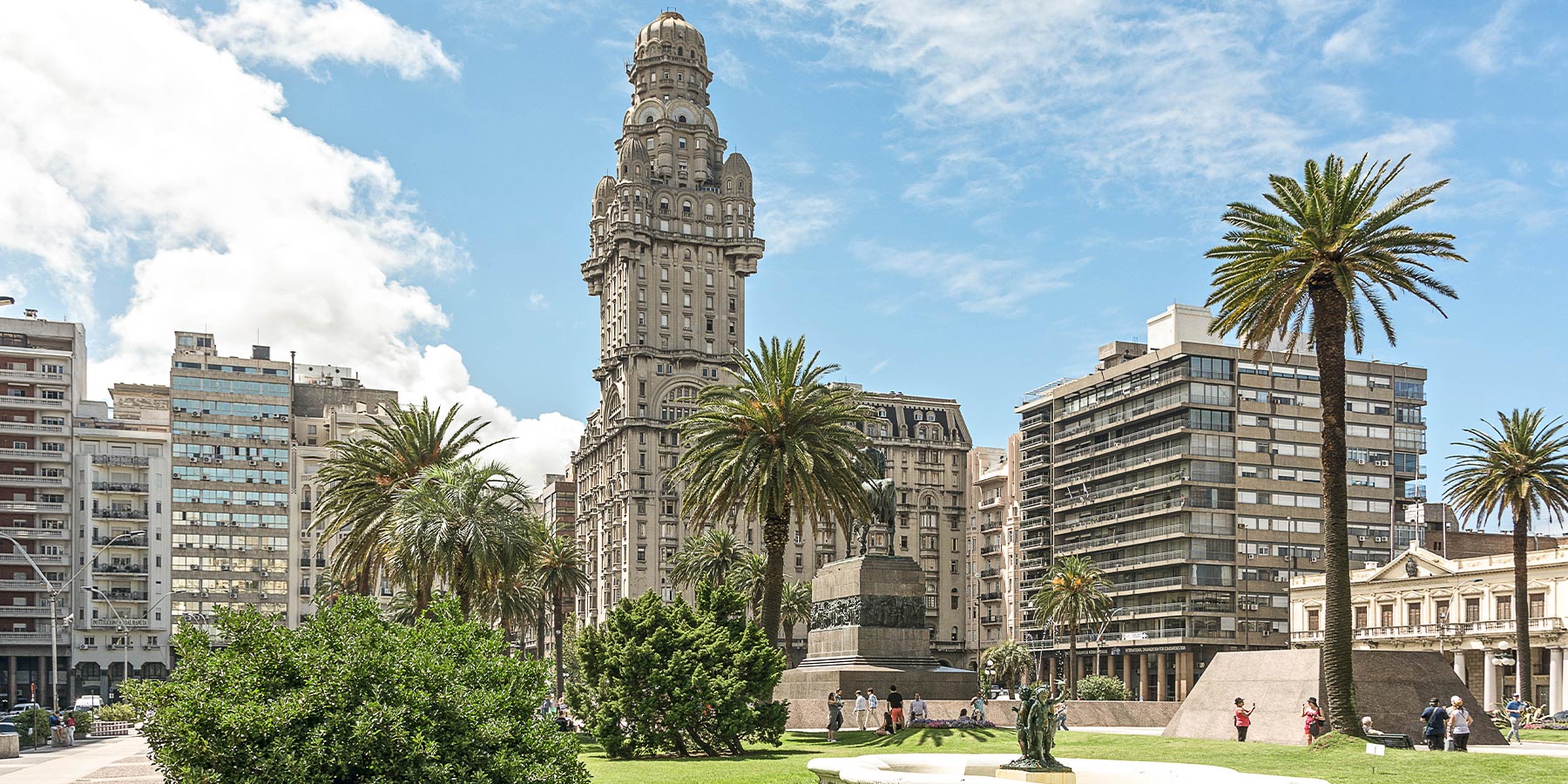
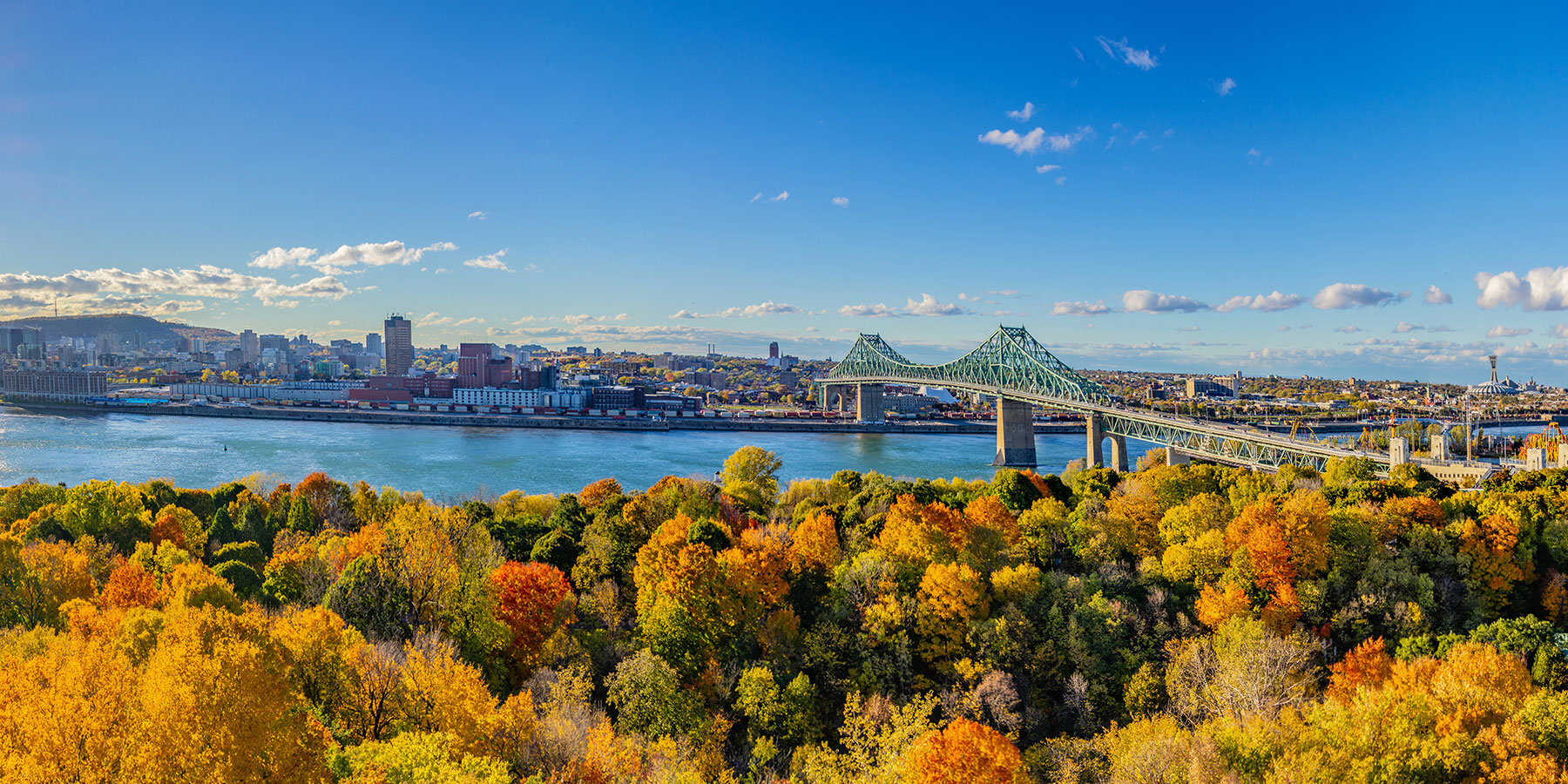
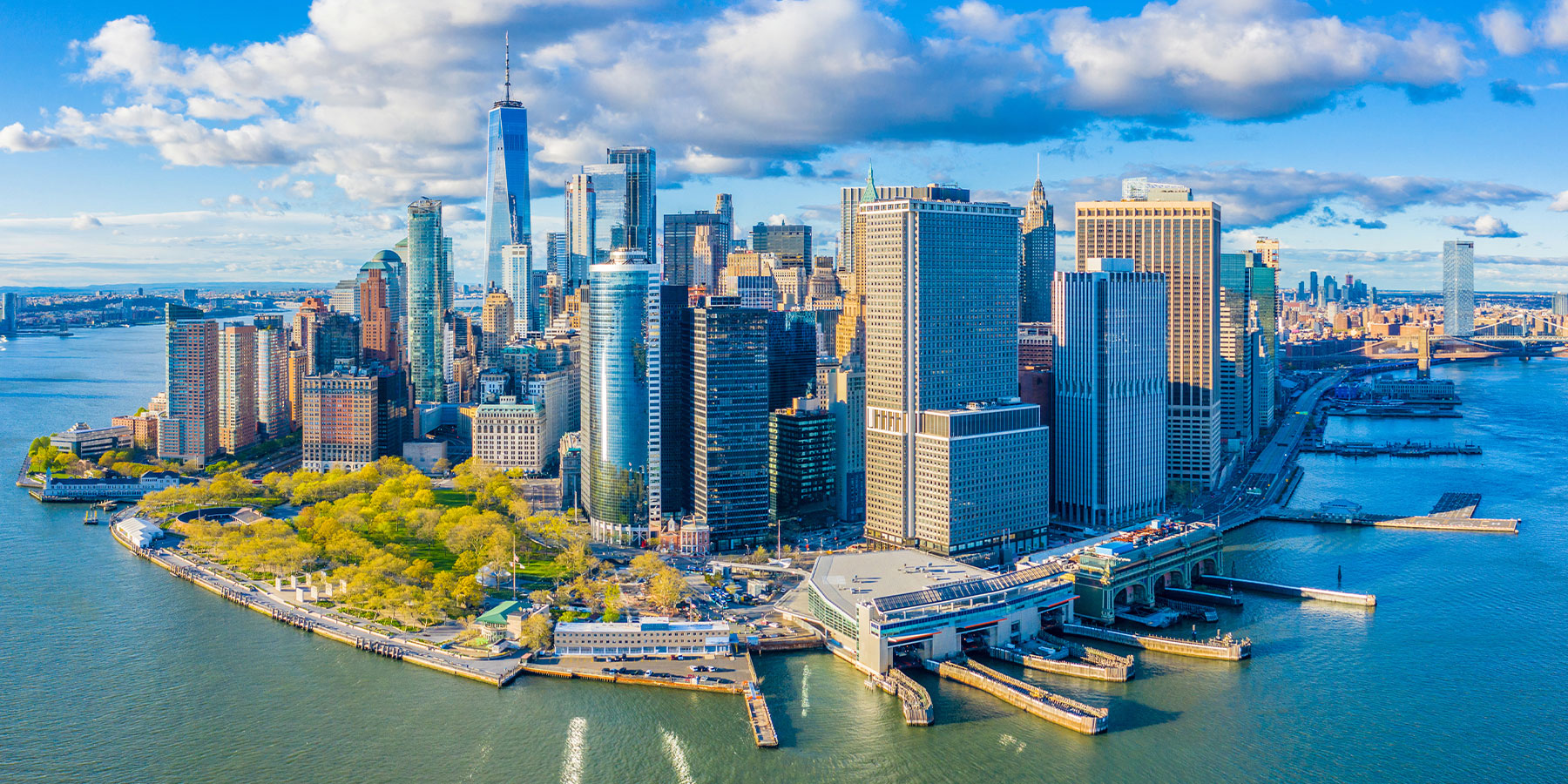
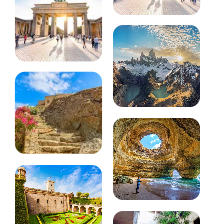

Comments